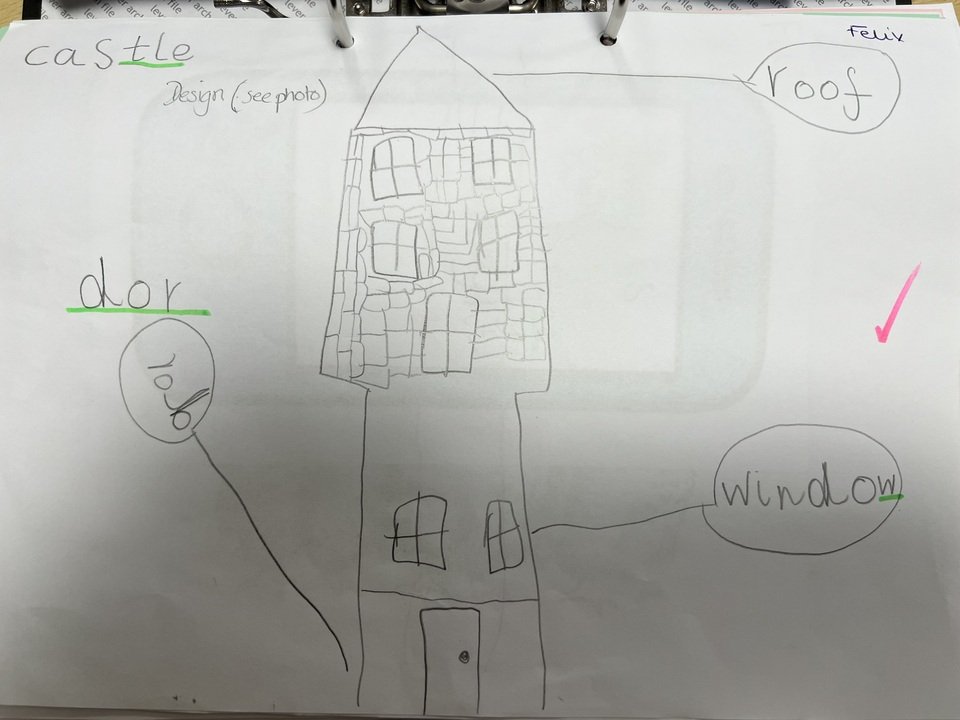Take a look at some of our amazing work and classroom displays.
Mayfield Avenue, Huddersfield, West Yorkshire, HD5 9HN
Contact: Mrs H Valentine (Office Manager)
01484 538729
office.dalton@kirkleeseducation.uk
- Home
- All About Us
- Pupils
- Curriculum
- Parents
- Industrious Education Consultation
- Home School Agreement
- School Day
- Attendance
- If your child is ill
- Parent View
- Communication with Parents
- Reception New Starters
- Nursery New Starters
- Performance Tables
- Admissions and Free School Meal Applications
- School Calendar
- School Holiday Dates
- Emergency School Closures
- Friends of Dalton (FODs)
- Volunteering in School
- Parent Group
- Dalton Tots
- Parent Guides
- SATs/Phonics Screening Check/Times table Check Information
- Online Safety
- Community Support
- Courses for Parents
- Want to be a teacher? - Horizon SCITT
- Newsletters
- School Menus
- VI Provision
- Home
- All About Us
- Pupils
- Curriculum
- Parents
- Industrious Education Consultation
- Home School Agreement
- School Day
- Attendance
- If your child is ill
- Parent View
- Communication with Parents
- Reception New Starters
- Nursery New Starters
- Performance Tables
- Admissions and Free School Meal Applications
- School Calendar
- School Holiday Dates
- Emergency School Closures
- Friends of Dalton (FODs)
- Volunteering in School
- Parent Group
- Dalton Tots
- Parent Guides
- SATs/Phonics Screening Check/Times table Check Information
- Online Safety
- Community Support
- Courses for Parents
- Want to be a teacher? - Horizon SCITT
- Newsletters
- School Menus
- VI Provision
Mayfield Avenue, Huddersfield, West Yorkshire, HD5 9HN
Contact: Mrs H Valentine (Office Manager)
01484 538729
office.dalton@kirkleeseducation.uk
Our school website is created using School Jotter, a Webanywhere product. [Administer Site]
Our use of cookies
We use necessary cookies to make our site work. We'd also like to set optional analytics cookies to help us improve it. We won't set optional cookies unless you enable them. Using this tool will set a cookie on your device to remember your preferences.
For more detailed information about the cookies we use, see our Cookies page
Necessary cookies
Necessary cookies enable core functionality such as security, network management, and accessibility. You may disable these by changing your browser settings, but this may affect how the website functions.
Analytics cookies
We'd like to set Google Analytics cookies to help us to improve our website by collecting and reporting information on how you use it. The cookies collect information in a way that does not directly identify anyone. For more information on how these cookies work, please see our 'Cookies page'.
We use cookies to provide you with the best experience on our website. Read our Privacy Policy to find out more. Policy page









